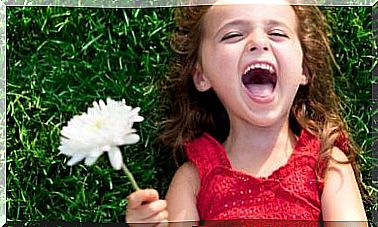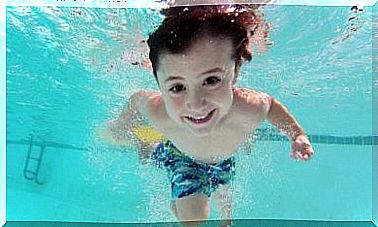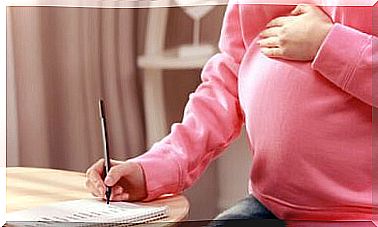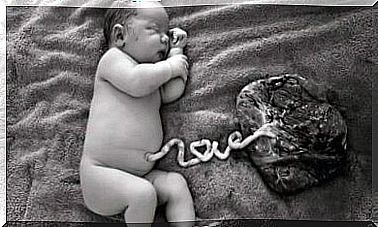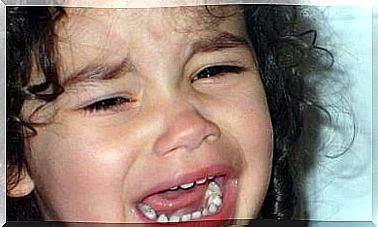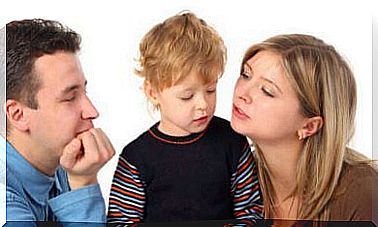Carrying The Baby Safely: Here’s How
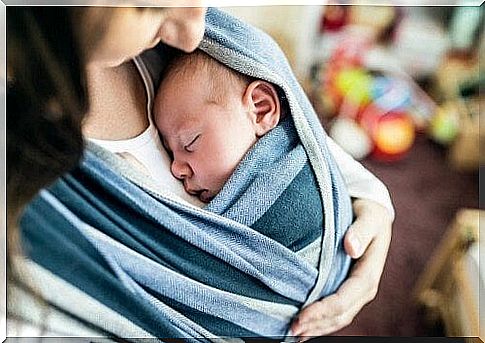
Nowadays we have a large variety of accessories that allow us to carry the baby safely, such as backpacks, baby carriers and swaddling. It is important to know how it works and which aspects to take into account when choosing one over another.
Carrying the baby around with one of these devices has shown numerous benefits and advantages. Both parents can practice this habit and find out how positive direct contact is for both of them.
Benefits of wearing skin-to-skin baby
Carrying the baby in a baby carrier or sling offers the following benefits:
- Increases infant-parent physical contact, which improves bonding and the feeling of security in the baby.
- Calm his crying and help him sleep better.
- Promotes breastfeeding and encourages breastfeeding on demand.
- Prevents postural plagiocephaly.
- Enhance secure attachment.
As for the parents:
- It allows greater mobility and autonomy as you do not depend on the stroller.
- Promotes self-esteem.
- Reduces the risk of postpartum depression.
- Used correctly, baby carrying accessories protect and strengthen the back muscles.
At what age do you start using them?
It is not recommended to carry the baby in the carrier before the age of six months. If at this stage you want to take him for a walk in direct contact, we recommend the use of bands that allow him to stand upright, as he is still small to sit and his physiological posture would make his back curl into a C shape.
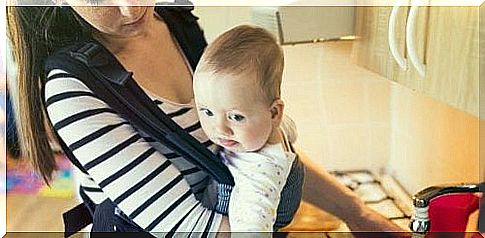
Safe transport in this age group, if done correctly, is very positive for the child, as it allows him to stay in contact with his parents, which gives him confidence and calm. It is essential that the baby’s face is always uncovered and visible, as we must be able to easily verify that he is breathing without problems.
Does he have to look at the street or at the parent?
The child must always face the adult, i.e. with his face towards the chest of the person carrying him. It is very important because if the child looks forward, his physiological posture will be altered as his lumbar curvature will straighten. In this position, moreover, the legs hang from the top (increasing the risk of hip dysplasia) and receives excessive stimulation from the surrounding environment.
However, for older children there are other alternatives (on the side or on the back) that allow them greater visibility and respect their physiological posture.
Ergonomic posture
It is very important that the device used for transport, be it a baby carrier, a sling or a backpack, guarantees an ergonomic position for both the child and the wearer. The transport should not be annoying for the adult, so before buying it, you must try it and verify the right adhesion to the back, so that it does not stick or loosen.
The adult must first learn how to handle it without the child, so that later on it will be easier for them to use it. The ideal is that it is possible to adapt it to the growth of the child, that it is made of a breathable material and that it does not have zippers or buttons that can cause annoyance.
During the first few months, the baby can go into the cradle position in the sling, but always with his face visible and at the right height to make sure he is breathing correctly. In any case, it is essential to follow the recommendations of the experts in order to take the newborn for a walk safely.
From the age of 6 months, he will already be able to go around sitting in his backpack, but it is very important that he does not keep his legs dangling, as this position does not respect the physiology of his hips and could cause injury (hip dysplasia). The child must sit upright, with his legs bent like a frog (M-shaped legs).
How tall should the baby stand?
The baby’s head must have freedom of movement, always with space between the nose and the adult’s body, so that he can breathe properly, and the face must always be visible. If the adult manages to kiss the baby’s head after putting it in the pouch, it means that the height is right.
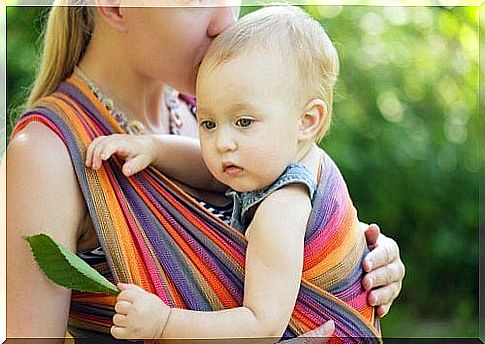
Recommendations needed to carry the baby safely
- Never take it inside a moving vehicle. The child must be in the right position in a device suitable for his weight and height.
- The child must be able to move his head and there must be nothing on his face to prevent his breathing.
- It is not necessary to carry the baby while carrying out activities with a high risk of falls (skating, cycling, trekking …).
- Do not keep the baby in the carrier or sling while cooking, due to the high chances of burns.
- Avoid slippery areas that can cause falls.
- Adapt the size of the device to the weight and height of the child and make sure it is in good condition.
Ultimately, remember to clarify any doubts with your trusted professional. You will love these options for taking your baby for a walk in total safety.


